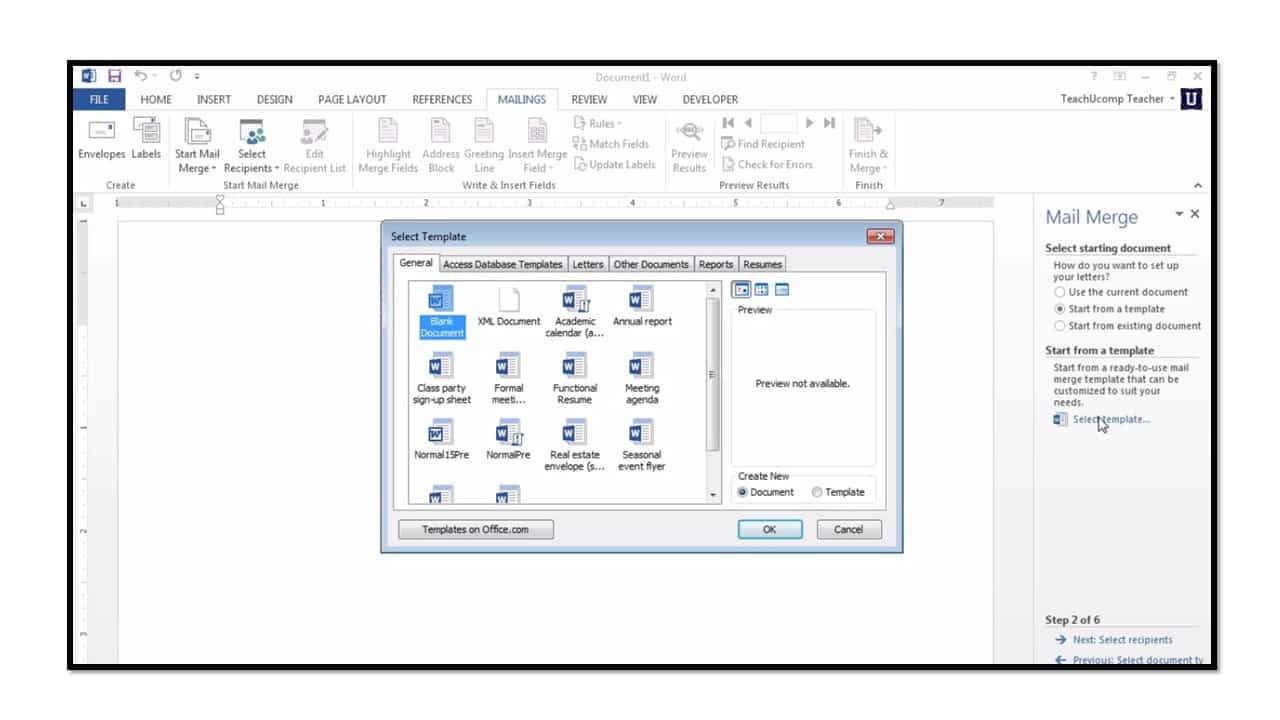

You can open the Apps Script project from the spreadsheet byĬlicking Extensions > Apps Script.
MAIL MERGE INSTRUCTIONS FOR MAC UPDATE
Sent columns, you need to update the corresponding code in the Apps If you change the name of the Recipient or Email (Optional) Add, edit, or remove columns to customize the data you want to.

Update the Recipients column with email addresses you want to use in the.Click the button below to make a copy of the Gmail/Sheets Mail Merge.A web browser with access to the internet.A Google Account (Google Workspace accounts might.To use this sample, you need the following prerequisites:

Placeholders with the personalized information for
Spreadsheet Service: Fills in the email. The code to include unicode characters in your email. If your email includes unicode characters like emojis, use the. This solution uses the following services:Īnd sends the draft email you want to send to your recipients. Placeholder from the spreadsheet to the location of the corresponding The script sends the information for each You create a Gmail draft template with placeholders thatĬorrespond to data in a Google Sheets spreadsheet. Note: This mail merge sample is subject to the email limits described in TheĮmails are sent from your Gmail account so that you can respond to recipient The letter M will appear to the right of the selected email address indicating that the addresses in this column will be used as the To address in your messages.Project type: Automation with a custom menu About this solutionĪutomatically populate an email template with data from Google Sheets. If you intend to email the results of your work, select the email address that appears in the list under step 1 and, from step 2’s pop-up menu, choose Assign As Email Recipient Address. In order for this to work you must create a list of email addresses for your recipients in your Numbers document (having an email placeholder in the Pages document isn’t necessary). In step 5 you can choose to email a copy of your merged document to your recipients. When you make a selection in the second step, its name appears under the Assigned Placeholder Tags heading in the first step. Select the one associated with the entry you highlighted in step 1 (in the example you’d choose FIRSTNAME). Click on the pop-up menu next to the second step and you’ll see a list of all the placeholders you’ve created in the Pages document. Select the first item in the list (in my example you’d select Frank). When you do, the information from the first column in the Numbers document will appear in the Data Record Items area. In the area marked with a 1, choose Selection of Numbers Table from the pop-up menu and click the Import button. Launch the Pages Data Merge app and walk through the numbered steps. In Numbers, create a spreadsheet that includes the data you want to merge. (The column header need not match the placeholder names you’ve created.) Now select all the rows that contain the data you want to merge. You then launch Numbers and create a spreadsheet that includes columns for each entry. Select placeholder text and assign a script tag to it. Repeat for each bit of text that you wish to use as a placeholder. Into this field enter the name of your placeholder-FIRSTNAME, ADDRESS, PHONE, MATENAME, or whatever’s most appropriate. A Script Tag field will appear in the Text pane to the right. Now select the first placeholder entry and from Pages’ Format menu choose Advanced > Define As Placeholder Text.







 0 kommentar(er)
0 kommentar(er)
